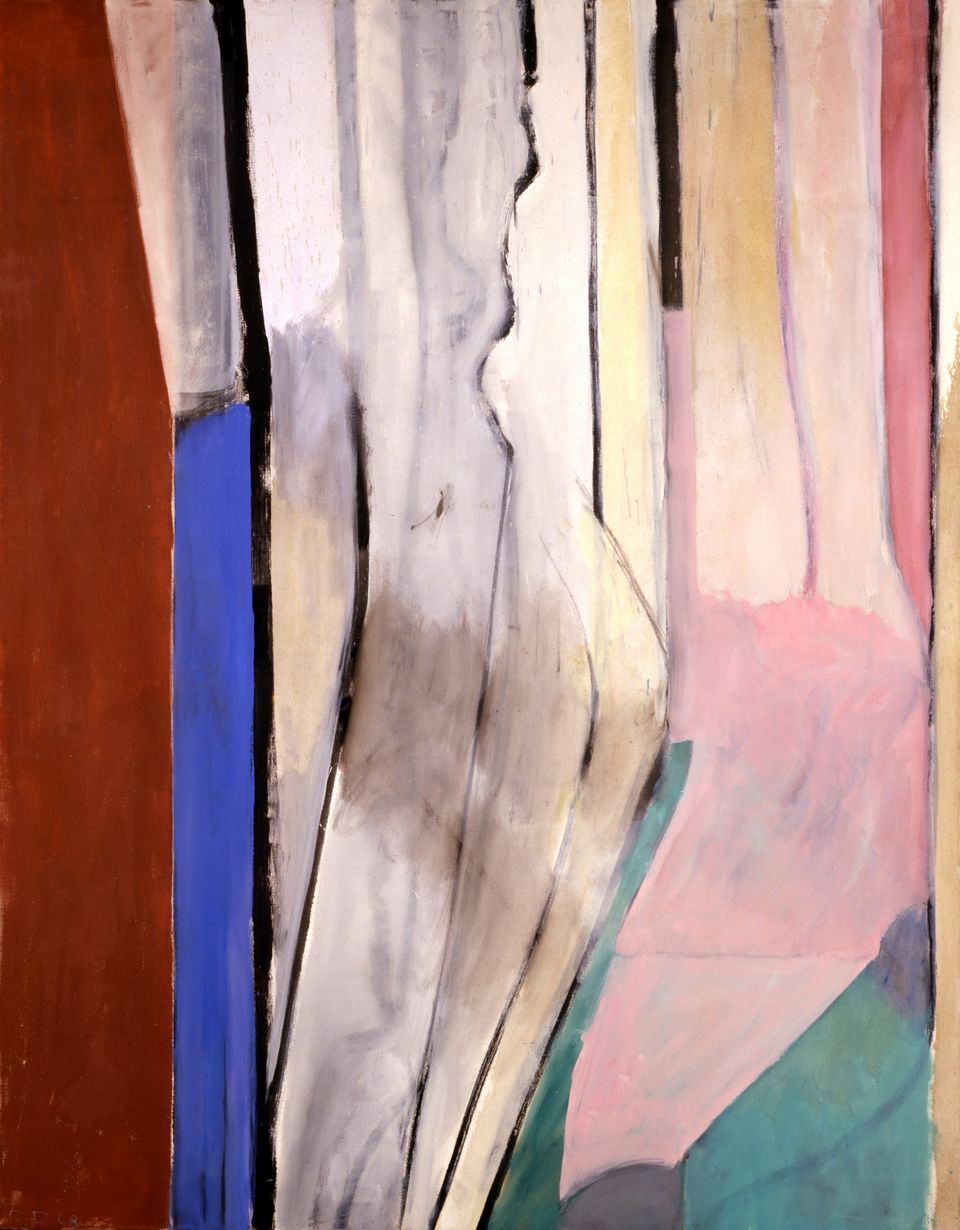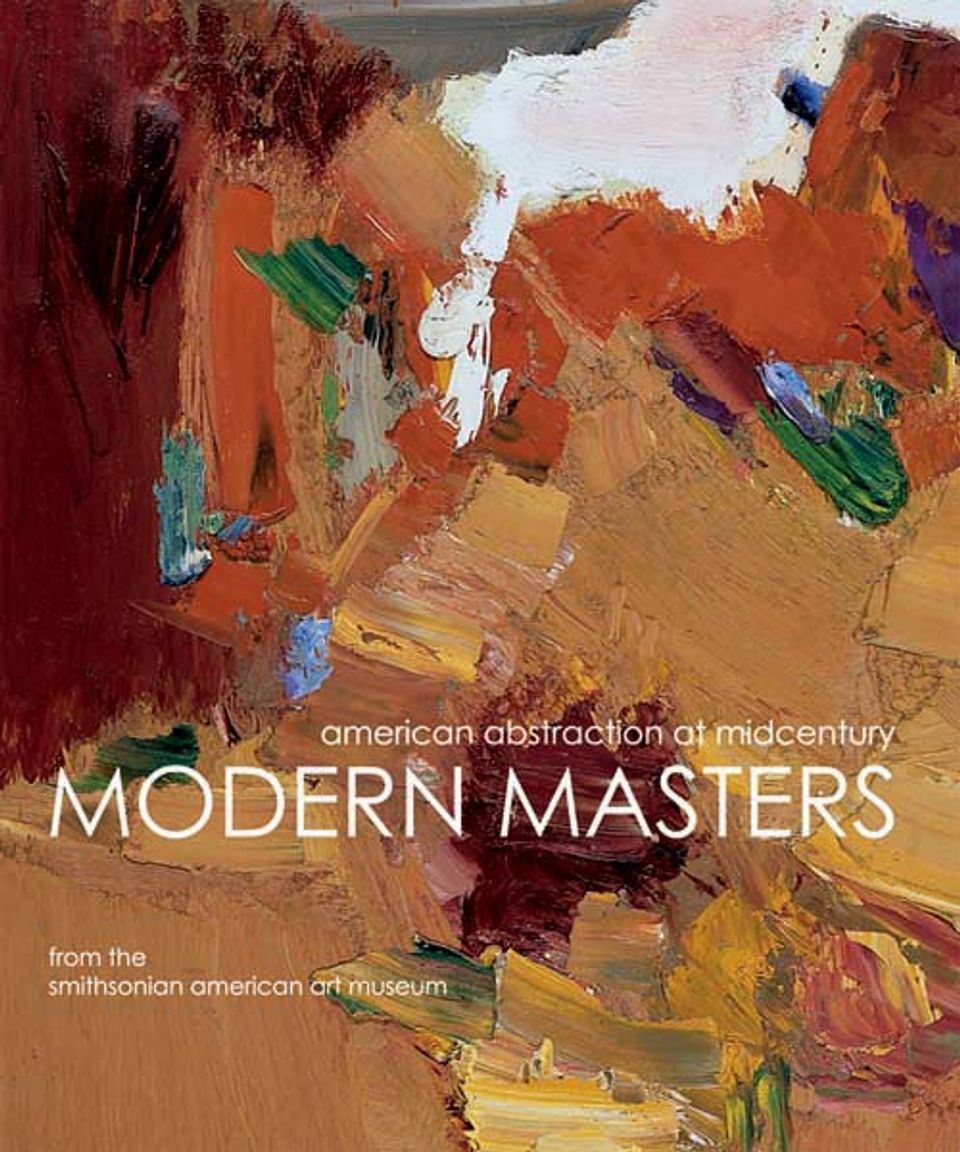Louise Nevelson

Photograph of Louise Nevelson, ca. 1965. Photo by Ugo Mulas. Louise Nevelson papers, circa 1903-1982, Archives of American Art, Smithsonian Institution
- Also known as
- Louise Berliawsky
- Leah Berliawsky
- Leike Berliawsky
- Born
- Kiev, Russia
- Biography
“I myself need, for my place of consciousness, a form. It's almost like you are an architect that's building through shadow and light and dark.”
— Louise Nevelson, 1964
Louise Nevelson was an artist whose practice centered on sculpture, producing complex monochromatic constructions of salvaged wood and employing sculptural scale ranging from the tabletop to environments to public commissions.
Nevelson immigrated with her family to Maine from present-day Ukraine in 1905. In 1920, she moved to New York City, where she studied art in private lessons and at the Art Students League. After brief stints in Europe in the early 1930s, she returned to New York and continued at the Art Students League, trained as a modern dancer, and joined the Works Progress Administration (WPA). Nevelson characterized the 1930s and 1940s as “a time of searching and finding myself as an artist.” She experimented with figurative work that sometimes veered toward abstractions across various mediums, including clay and painting.
Nevelson began working with her signature medium of foraged wood in the 1940s. In these works, she gathered materials from junkyards and city streets, constructing her sculptures through an additive process rather than carving. In the 1950s, she started painting her intricate assemblages black, which she claimed was the “most aristocratic color.” In later years, her palette briefly shifted to all white and all gold in addition to black.
As Nevelson developed her frequently human-scaled constructions and wall-based works, she built her sculptures out of scavenged or premade boxes. Within those boxes, she then intuitively arranged found wooden scraps to create abstract compositions that activate a play of shadows. Her incorporation of fragments of everyday objects like chairs, moldings, and railings linked her sculptures to daily life, as in Sky Cathedral (1982, SAAM). At the same time, Nevelson unified her disparate materials with a single color and aimed to give them, in her words, “a spiritual life that surpasses the life they were created for.”
Alongside her sculptures, by around 1957, Nevelson was creating room-sized works, ultimately deeming herself “the grandmother of environments.” During the 1960s, she also experimented with printmaking and other new materials including plexiglass, as in Night Leaf (1969, SAAM). Beginning in 1969, she frequently received commissions for public works, adapting her process to prepare smaller-scale wood studies, such as Study for Bicentennial Dawn (1976, SAAM), and further expanding her medium to include metal in projects that were sited outdoors.
In the 1960s, Nevelson began garnering hard-won public acclaim as her work was featured in a number of pivotal exhibitions. Entering her sixties, she was keenly attuned to the late-breaking nature of this attention, particularly in comparison to the career trajectories of many of her male contemporaries. Yet, as she put it, “No one could move me till I got what I wanted–on my terms, on earth…. And the hardship gave me total freedom.”
Authored by Katherine Markoski, American Women’s History Initiative Writer and Editor, 2024.















